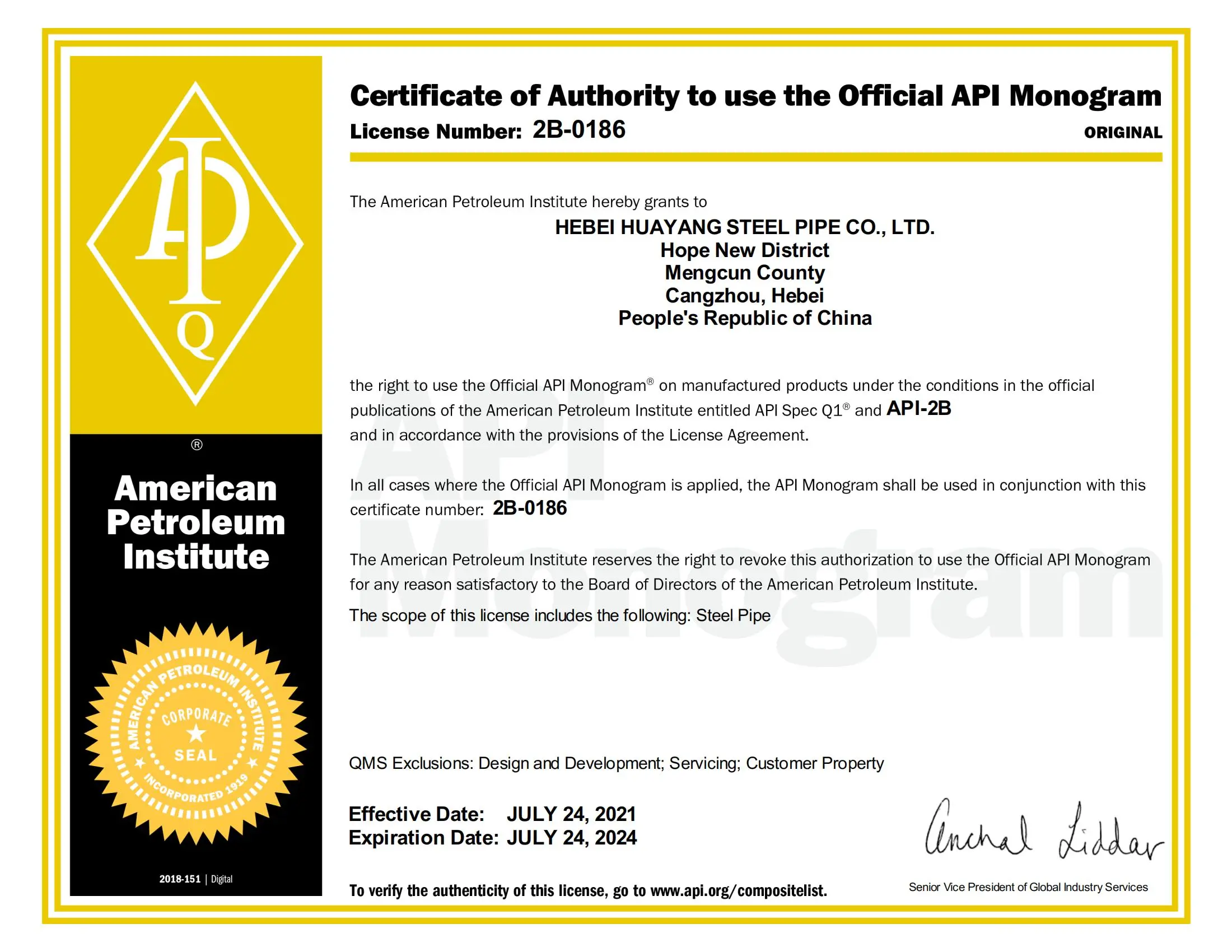
دېكابىر . 28, 2024 09:31 Back to list
hydroxyethylcellulose uses
The Versatile Applications of Hydroxyethylcellulose
Hydroxyethylcellulose (HEC) is a non-ionic, water-soluble polymer derived from cellulose, a biopolymer abundantly found in the cell walls of plants. Since its introduction, HEC has gained significant traction across various industries due to its unique properties, including high viscosity, thickening ability, and excellent film-forming characteristics. This article explores the diverse applications of hydroxyethylcellulose and its impact on numerous fields.
1. Personal Care and Cosmetics
One of the most prominent applications of hydroxyethylcellulose is in the personal care and cosmetics industry. HEC is widely utilized in products such as shampoos, conditioners, lotions, and creams. Its thickening agent properties help create a desirable viscosity, enhancing the texture and feel of these formulations. Additionally, HEC acts as a stabilizer, preventing the separation of ingredients and ensuring product consistency. The ability to form clear gels makes HEC an ideal additive for hair styling gels and skincare products, providing a luxurious feel while offering effective moisture retention.
2. Pharmaceuticals
In the pharmaceutical sector, hydroxyethylcellulose serves multiple purposes. It is widely used as a binder in tablet formulations, ensuring uniform distribution of active ingredients and enhancing the mechanical strength of tablets. HEC’s thickening properties are also exploited in liquid medications, where it helps improve the suspension of solid particles and controls the release rate of active ingredients in oral and topical formulations. Furthermore, HEC is employed in eye drops and other ocular preparations due to its ability to enhance viscosity, prolonging contact time and ensuring effective delivery of therapeutic agents.
3. Food Industry
Hydroxyethylcellulose finds its place in the food industry, primarily as a food additive. It is used as a thickening, gelling, and emulsifying agent, contributing to the texture and stability of various food products. In gluten-free baking, HEC can mimic the structure and elasticity of gluten, improving the texture of bread and other baked goods. Furthermore, HEC serves as a stabilizer in sauces, dressings, and dairy products, enhancing mouthfeel and preventing ingredient separation. Given its non-toxic nature, HEC is considered safe for consumption and is approved for use by various regulatory bodies worldwide.
hydroxyethylcellulose uses

4. Construction and Building Materials
In the construction industry, hydroxyethylcellulose is utilized as a water-retaining agent and thickener in cement-based formulations. It enhances the workability of mortars and plasters, allowing for smoother application and better adhesion to surfaces. Additionally, HEC improves the water retention properties of building materials, ensuring sufficient hydration for curing and ultimately enhancing the durability and strength of the concrete. Its role as a stabilizer in paints and coatings also contributes to the prevention of sedimentation and improves the overall application properties.
5. Agriculture and Horticulture
HEC is increasingly being recognized in the field of agriculture. Its capacity to form hydrogels allows it to retain moisture, making it a valuable additive in soil amendments and irrigation management systems. By improving water retention in soil, HEC can help reduce irrigation frequency, promoting sustainable agriculture practices. Additionally, HEC can act as a carrier for pesticides and fertilizers, ensuring controlled release and minimizing environmental impact.
6. Other Applications
Beyond the industries mentioned, hydroxyethylcellulose has several niche applications. It is used in the formulation of adhesives and sealants due to its excellent film-forming properties. In the textile industry, HEC contributes to the finishing of fabrics, providing desired draping and texture. Moreover, it is applied in the field of 3D printing as a support material, further illustrating its versatility.
Conclusion
The utility of hydroxyethylcellulose spans a wide array of industries, highlighting its significance as a multifunctional additive. From personal care products to pharmaceuticals, food, construction, and agriculture, HEC demonstrates its adaptability and effectiveness in various formulations. As industries continue to innovate, the demand for safe, efficient, and sustainable materials like hydroxyethylcellulose is poised to grow, reinforcing its position as a vital component in modern formulations. Given its numerous applications and benefits, hydroxyethylcellulose is undoubtedly a crucial player in the advancement of product formulations across different sectors.
-
Versatile Hpmc Uses in Different Industries
NewsJun.19,2025
-
Redispersible Powder's Role in Enhancing Durability of Construction Products
NewsJun.19,2025
-
Hydroxyethyl Cellulose Applications Driving Green Industrial Processes
NewsJun.19,2025
-
Exploring Different Redispersible Polymer Powder
NewsJun.19,2025
-
Choosing the Right Mortar Bonding Agent
NewsJun.19,2025
-
Applications and Significance of China Hpmc in Modern Industries
NewsJun.19,2025







